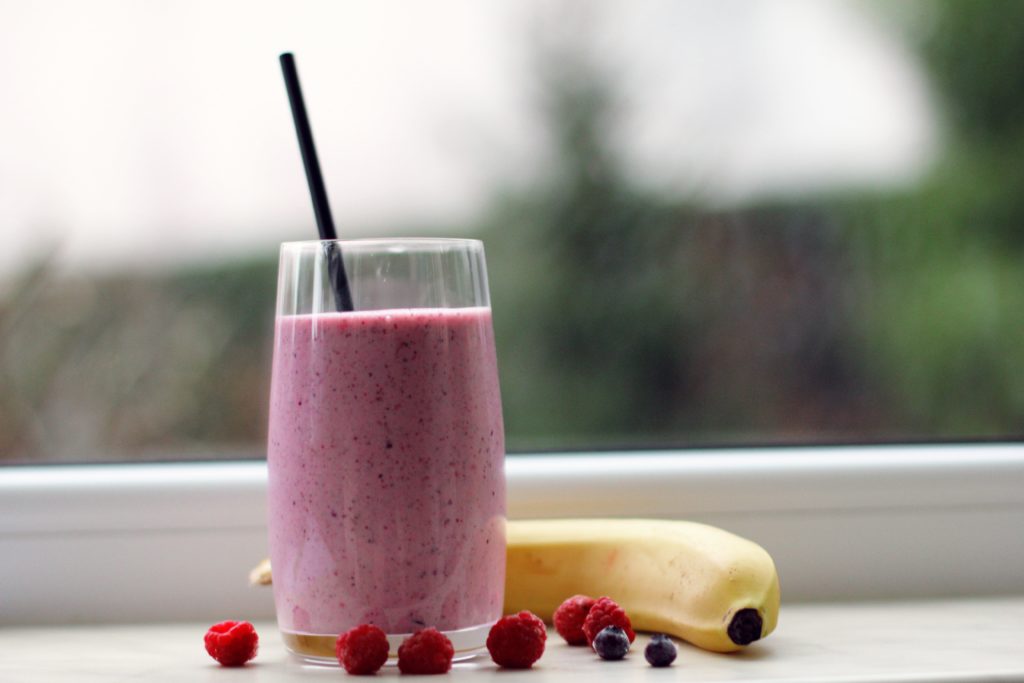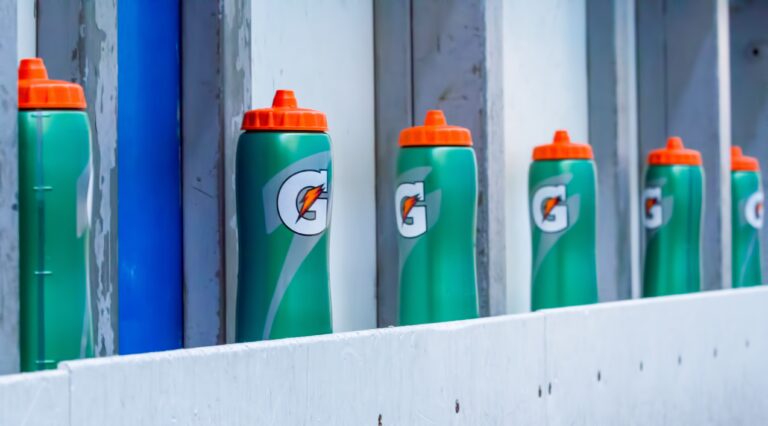The menstrual cycle is still often a taboo subject in sport. Learning how to fuel through your menstrual cycle can be a critical training tool for female athletes and should be taken into consideration for training and nutrition plans.
Do you ever feel like you’re totally killing a workout one week, and then struggling through a similar workout the following week? It may seem like everything leading up to it was the same, so what gives?
This is what I hear from many of the female athletes I work with. Once I explain how normal hormone changes affect training and recovery, and how dietary strategies can help this – it often feels like the missing piece of the puzzle. This is a game changer for many female athletes.
My clients are not an anomaly. A large study with over 6000 female athletes (here) found that the vast number of women reported symptoms of premenstrual syndrome, which in turn led to missing or changing their training or competition event.
While there is much evidence that hormonal changes impact female’s training and exercise, research is also sorely lacking in female athletes (here). Menstrual cycles, associated symptoms, and how it impacts training, also seem to be quite individualized.
For this reason, tracking your cycle is the imperative first step in figuring out how to fuel through your menstrual cycle.

Tracking your cycle
There are lots of apps that allow you to track your cycle, but one that I really like is Fitrwoman. You can track your cycle, your symptoms, and it provides nutrition and training tips (and recipes!) for different phases of your cycle.
Some important things to map out throughout the month in order to recognize trends:
- Sleep
- Energy levels
- Quality of your workouts
- Hunger/appetite & cravings
- Mood
- PMS symptoms such as cramps, headaches
- Digestive symptoms
Let’s start with some basics
While I’m sure we all learned this in science or health class at some point, a little refresher probably won’t hurt, right?!
The menstrual cycle is broken down into 2 basic phases: the follicular phase and the luteal phase.
The 2 main hormones at play are estrogen and progesterone. We are actually in our lowest hormone phase when we have our period. For this reason, it can be a great time of month to push yourself, set PRs, and see an increase in performance. However, you may be thinking that this sounds like a terrible time to try to do anything more than get off the couch. And you’re not alone! Women often experience painful cramps, digestive issues like bloating, and headaches. This is due to a sudden drop in hormones, uterine contractions and minerals lost in blood. For this reason, it’s helpful to optimize dietary strategies to help improve these symptoms.
In general, throughout the first 2 weeks of our cycle, we tend to have more energy, our muscles recover faster, and we’re better primed to do high intensity exercise, set PRs, and build strength (see here).
During the last 2 weeks of our cycle, progesterone levels increase (along with estrogen). This makes us feel tired, lower energy, and our muscle recovery is not as good (progesterone tends to be catabolic – ie. promotes muscle breakdown). During this phase, we tend to be better at lower intensity endurance workouts, as our body utilizes more fat as fuel vs carbohydrate.

Dietary strategies to focus on during your period:
- Iron rich foods: We lose iron in our blood, which can contribute to fatigue. Focus on iron rich foods the week before your period, and the week of your period. In addition to red meat and darker poultry meat, plant-based sources of iron include: grains like amaranth and teff, pumpkin seeds, sunflower and sesame seeds, black beans, lentils, and soy.
- Magnesium rich foods: Another mineral lost in blood is magnesium. Not only that, but athlete’s magnesium needs are higher in general due to its role in multiple functions such as muscle contraction (see here). Magnesium can help with improvement in sleep, and can also mitigate the effect of prostaglandins released during uterine contractions (which causes cramps). Rich sources of magnesium includes: pumpkin seeds, almonds, chia seeds, and dairy products.
- Zinc rich foods: Zinc is another mineral lost in blood. Many iron rich foods are also rich in zinc, such as meats and fish, and nuts and seeds.
- Omega-3 fats: Several studies have found that the anti-inflammatory effect of omega-3 can help with reducing symptoms of premenstrual syndrome (here). Increase your intake of fatty fish, along with plant based sources such as flaxseed oil, ground flaxseed, and chia seeds.
- Curcumin: Curcumin is one of the active compounds in the spice, turmeric. Studies have found that curcumin might help reduce symptoms due to its anti-inflammatory properties. Most of the studies completed used a curcumin supplement (see here), but it doesn’t hurt to also add some extra turmeric to smoothies, soups, stews, or whip up a golden latte!
- Tart cherry juice: Tart Montmorency cherries provide a strong source of antioxidants, and having tart cherry juice before bed can also help with melatonin levels, and therefore assist with sleep (here).

Dietary strategies to focus on during the Follicular Phase
- Estrogen levels start increasing right before ovulation. This can affect melatonin and sleep. Magnesium and tart cherry juice can continue to be beneficial throughout this phase.
- Estrogen can also increase laxity of tendons and ligaments, potentially increasing risk of injury. Focus on getting more collagen and gelatin rich foods. Collagen is found primarily in animal products like meat and fish. You can also supplement with a collagen powder. Foods high in vitamin C (such as citrus, berries, peppers, sweet potato, and broccoli) and high in zinc (see above) also assist in collagen production in the body.
Dietary strategies to focus on during the Luteal Phase
- At ovulation (around day 14), the luteal phase begins. This “high hormone” phase is when progesterone is highest, and estrogen also increases.
- Progesterone makes it harder for muscle to recover, so focusing on recovery nutrition is key. Aim to get a high quality source of protein within 30 minutes of your workout. High quality protein sources include dairy proteins like whey and casein. A plant-based protein powder that contains adequate amounts of leucine (aim for about 2-3 grams leucine at a minimum) is also a good option.
- You will likely need to take in more carbohydrate before and during longer workouts. Consider adding an extra serving of fruit or other carb rich food to your pre-workout snack. For workouts longer than 60 minutes, try including carb based snacks during your workout (eg dates, energy bites, banana, energy gel).
- Hunger tends to ramp up as well during this phase, as your resting metabolic rate increases by about 5-10%. You know those chocolate cravings?! Yup, your body actually needs more calories and carbs. Listening to your body and honouring its signals can go a long way!
- You have a delayed sweat response and you lose more sodium in your sweat during this phase. Try adding some salt to food in your pre-workout meal or snack. Alternatively, including an electrolyte drink may be beneficial as well.
Bottom Line
Your menstrual cycle can have a significant impact on how you feel, how you train, and how your body is utilizing fuel. It can be an important training tool in order for you to reach your peak performance. Start by tracking your menstrual cycle and notice the trends. Perhaps a few changes to your training and your fuelling plan will result in feeling & performing better!
Interested in learning more and developing a personalized fuelling plan to help you reach your goals? Contact us to book a free clarity call!
Take it one bite at a time,
Cara








